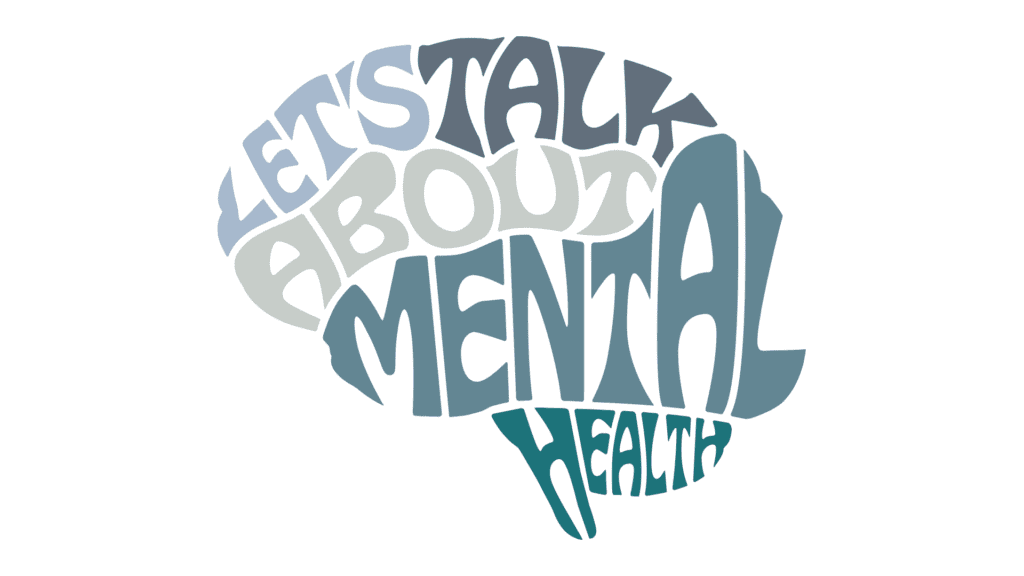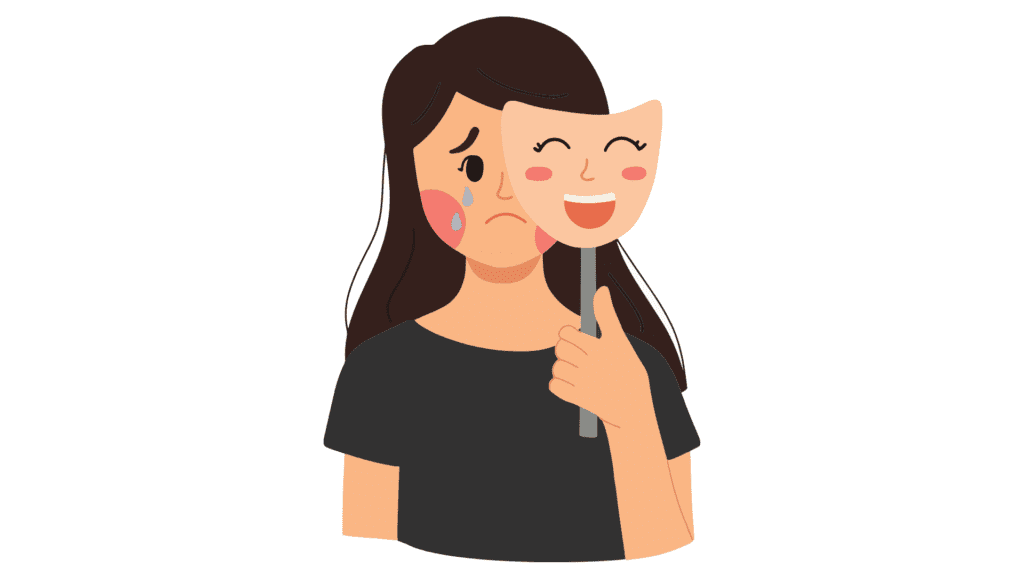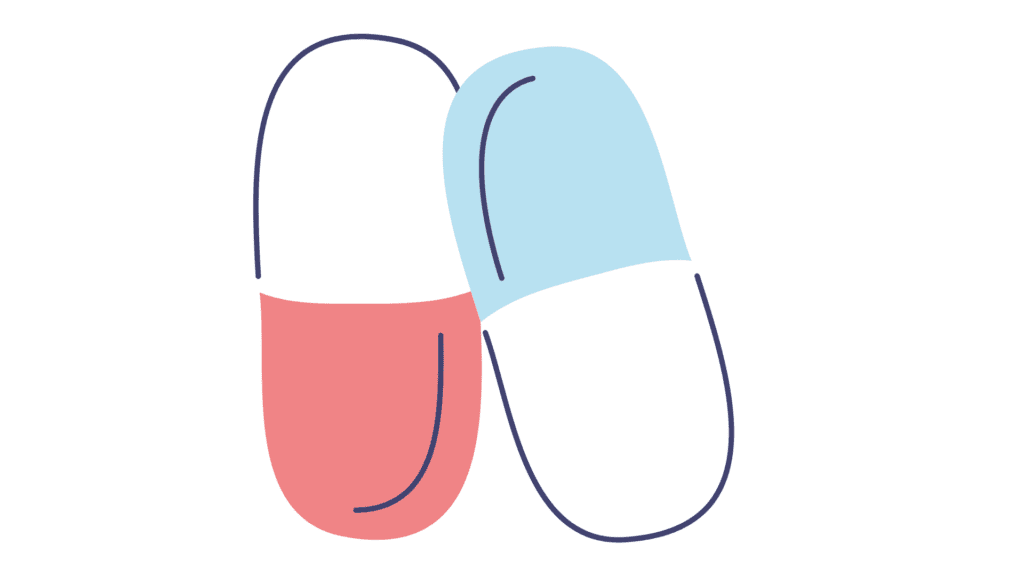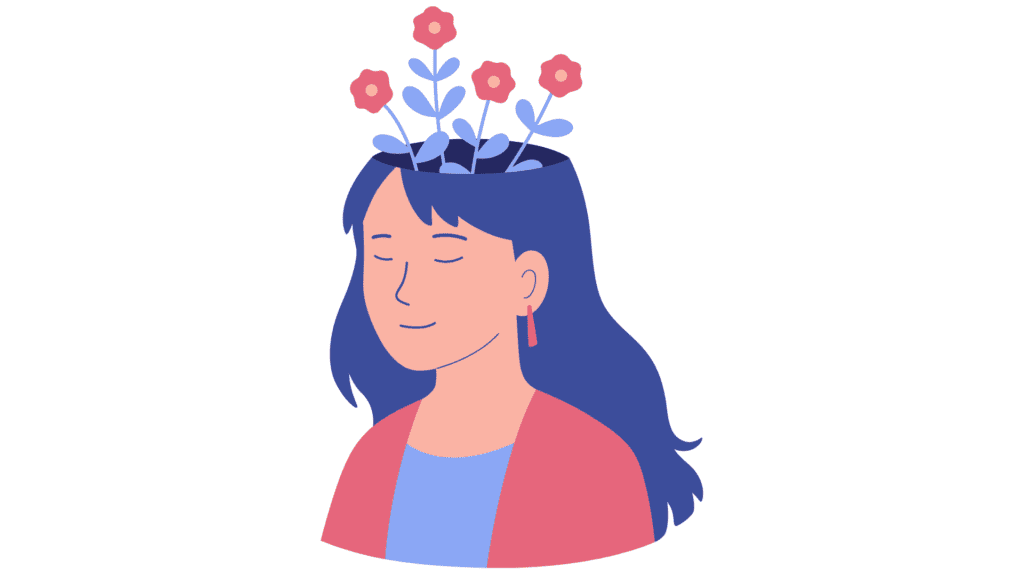Examples of internal barriers to seeking help for mental health

Ever had that moment where you know something’s wrong, but your brain keeps saying “Nah, we’re good”? 🧠
That’s what we call an internal barrier to seeking mental health help.
While external barriers like cost and transportation get plenty of attention, it’s often the invisible walls we build inside our own minds that keep us from reaching out when we need it most.
Let’s break down these sneaky psychological roadblocks that might be standing between you and the help you deserve.
The Stigma Monster
The most frequently reported barrier across studies is the fear of being labeled, judged, or seen differently. This shows up as:
- Self-stigma – “What does it say about me if I need therapy?”
- Anticipated stigma – “People will think I’m weak or crazy”
- Label avoidance – Actively avoiding situations that might lead to being labeled
Research shows that over 80% of young adults report feeling embarrassed or ashamed as a major barrier to seeking professional help. This stigma is particularly strong in certain cultural communities and professional environments.
One young person put it bluntly: “There is a negative stigma attached to any mental illness, as soon as you say that you’ve got one, people judge you and start thinking of you differently.”
The “I Can Handle This Myself” Trap

The “I can handle this myself” mentality is incredibly common and surprisingly powerful:
- Independence as virtue – Viewing help-seeking as weakness
- Stoicism – Believing one should endure suffering without complaint
- DIY solutions – Preferring to try self-help before professional help
This barrier is particularly strong among men and in cultures that highly value individualism and personal strength. One large study found that a third of adolescents with serious suicidal thoughts, depression, or substance use problems believed that people should handle their own problems without outside help.
The “Is This Even a Problem?” Problem
Many people simply don’t recognize when what they’re experiencing isn’t “normal”:
- Symptom misidentification – “I’m just stressed, not depressed”
- Normalizing suffering – “Everyone feels this way sometimes”
- Lack of knowledge about available treatments and their effectiveness
One study found that young people continuously altered their definition of what was “normal” distress to avoid seeking help, essentially moving the goalposts to avoid acknowledging a problem.
As one participant put it: “Stress is normal…”
Symptoms that mean you may need mental health treatment
The Trust and Confidentiality Concern
Worries about privacy create significant barriers:
- Fear of information sharing – “Will my employer/family find out?”
- Dual relationships – Concerns about running into therapists in other contexts
- Digital privacy – Worries about electronic health records and online therapy
This is especially prominent among adolescents, military families, and those in small communities. In one study, military parents expressed concern that seeking mental health services for their adolescent might negatively affect their spouse’s career.
Mistrust of the Healthcare System

Many individuals hesitate to seek help due to fundamental distrust in mental health services:
- Previous negative experiences with healthcare providers
- Cultural or historical trauma related to medical institutions
- Fear of being misunderstood by providers from different backgrounds
This mistrust can be especially pronounced in marginalized communities who have experienced discrimination or inadequate care in the past.
The Fear of Feelings
Opening up about mental health requires emotional vulnerability that many find terrifying:
- Emotional avoidance – “I don’t want to talk about my feelings”
- Fear of being overwhelmed – Worry that discussing problems will make them worse
- Discomfort with therapy process – Anxiety about what therapy actually involves
Studies show that 84% of young adults report “dislike of talking about feelings, emotions, or thoughts” as a significant barrier to seeking help.
The “Nothing Will Help Anyway” Mindset
When you’re struggling with mental health issues, the very nature of the condition can create barriers:
- Treatment pessimism – “Nothing will help anyway”
- Learned helplessness – Believing change is impossible
- Negative past experiences with treatment
As one young person expressed: “There’s very little they [the GP] can do considering how underfunded mental health services are in the NHS.”
Breaking Through Your Internal Barriers

Understanding these internal barriers is the first step to overcoming them. Some strategies that help include:
- Mental health education to improve literacy and reduce stigma
- Peer support from others who have sought help
- Normalized help-seeking through public figures sharing their experiences
- Culturally responsive care that acknowledges different backgrounds and values
- Confidentiality assurances that are clear and explicit
Remember, these internal barriers might feel insurmountable, but they’re not fixed walls – they’re more like hurdles that can be overcome with awareness, support, and sometimes a gentle push from those who care about us. 💪
Young people are more likely to seek help if they:
- Have some knowledge about how mental health problems develop
- Understand that most mental health problems respond very well to early treatment
- Feel emotionally capable of sharing their feelings and experiences
- Can develop a trusting relationship with potential help providers
The journey to mental wellness often begins with recognizing that the voice in your head saying “I don’t need help” might be the part of you that needs help the most.
